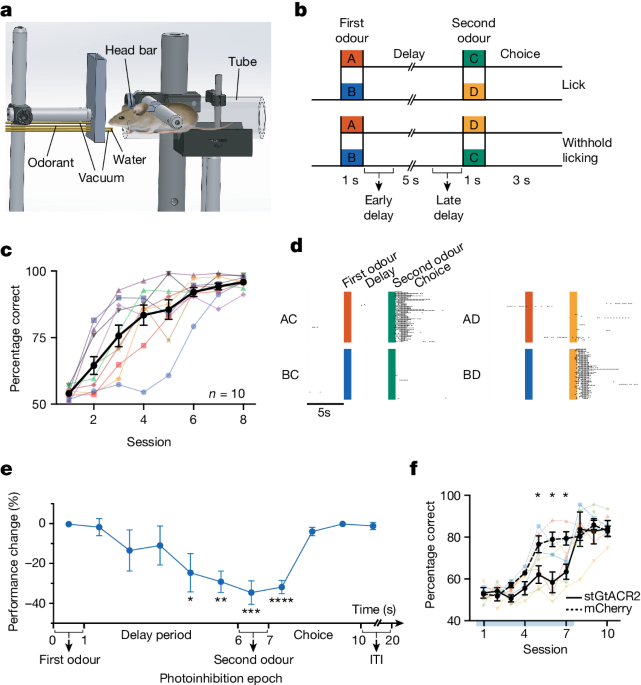Working memory, the process by which information is maintained and manipulated transiently over a short period, is essential for most cognitive functions.
In a study recently published in the scientific journal Nature, the researchers report a transformation in the working memory circuits, located in the secondary motor cortex, as the rats repeated the task.
According to ScienceDaily, in the process the scientists used to arrive at these results, a group of mice were trained to identify and remember a sequence of smells over a two-week period.


The researchers then followed the animals' neural activity while they practiced the task, using a new microscope that allows images to be taken of the cellular activity of up to 73,000 neurons simultaneously throughout the cortex.
When the rats were learning the task, their memory representations were unstable. However, after practicing a task repeatedly, their memory patterns began to consolidate.
"If we imagine that each neuron in the brain is producing a different note, the melody that the brain is conceiving when it is performing the task was changing from day to day, but then it became more and more refined and similar as the animals continued to practice the task," says the study's lead author and UCLA Health neurologist, Peyman Golshani.
These changes provide insight into why performance becomes more accurate and automatic after repetitive practice. Repetitive practice stabilizes memory patterns in the brain and is very important for animals and humans.
"This knowledge not only advances our understanding of learning and memory, but also has implications for the treatment of memory-related disorders," concludes Golshani.





